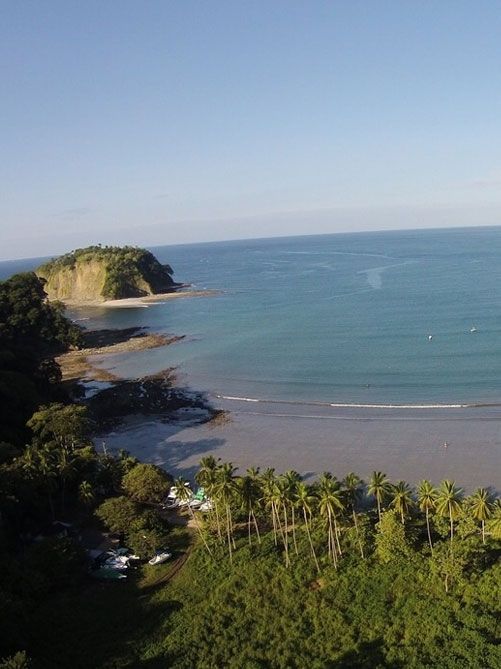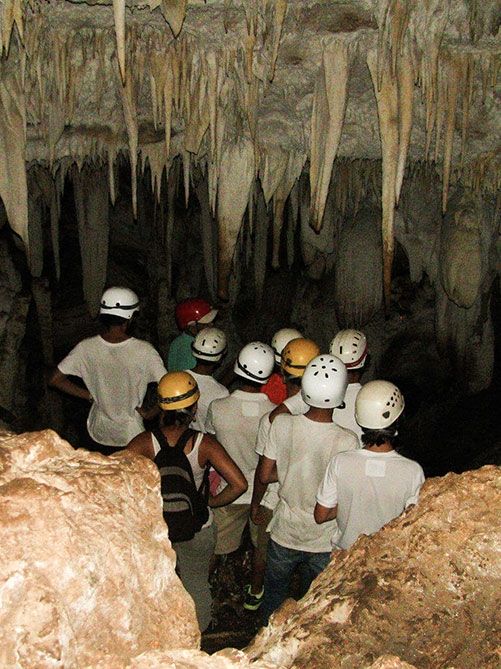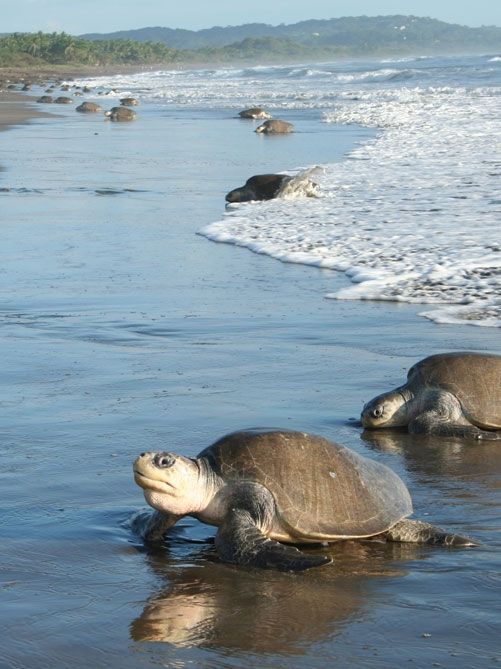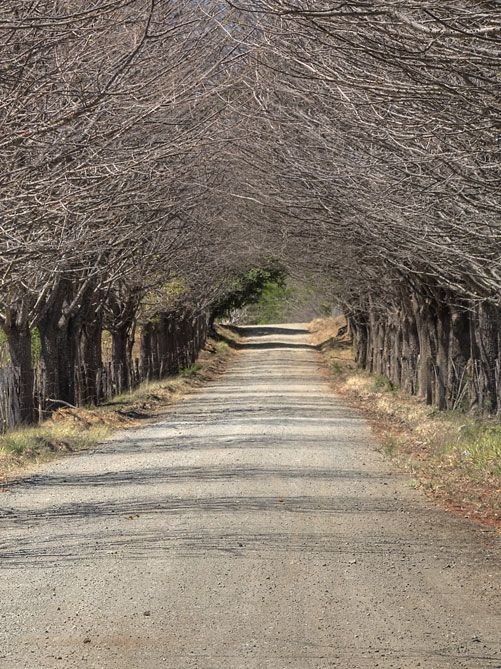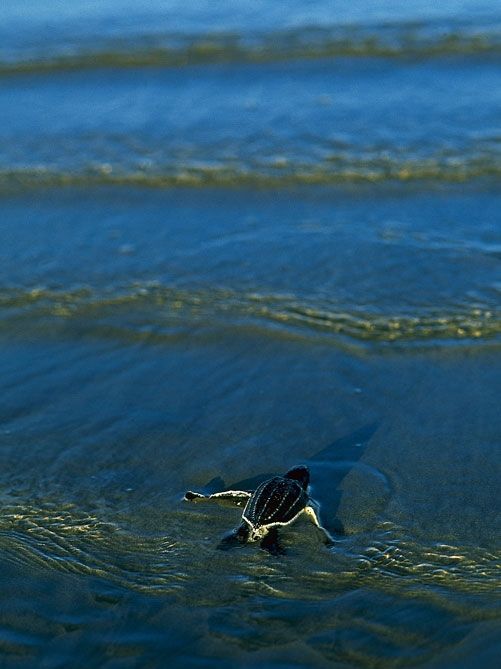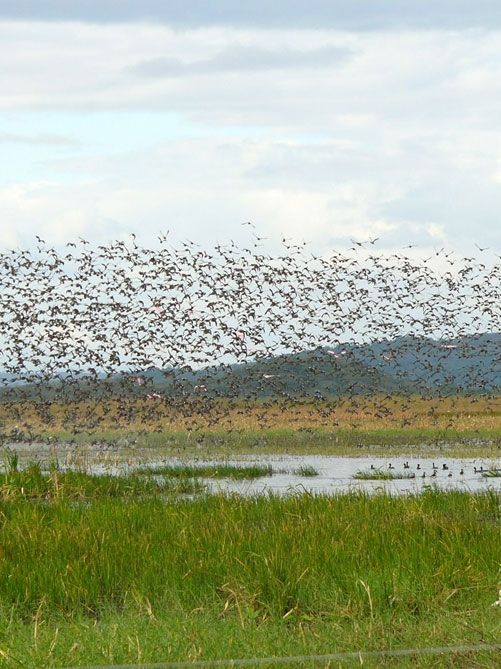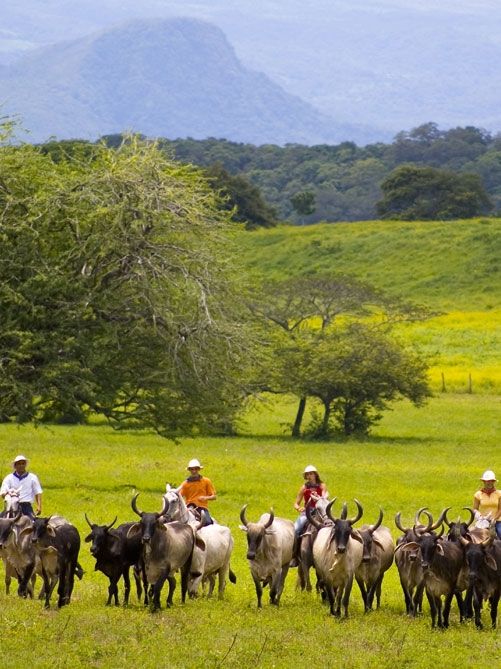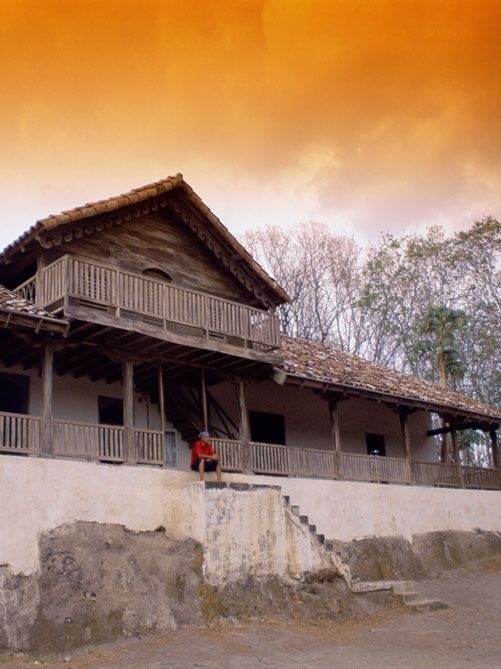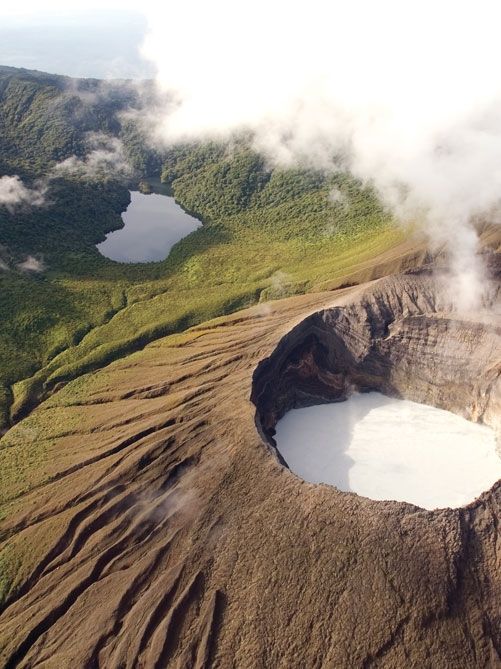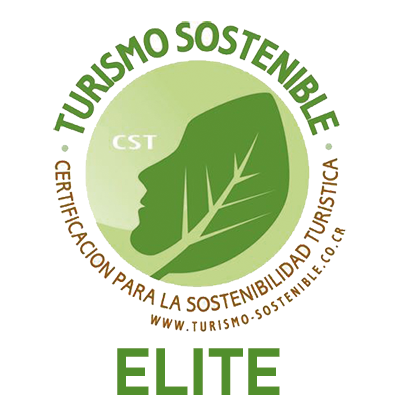North Pacific
Potrero / Flamingo / Conchal
The wide and quiet bay of Potrero Beach is located about 20km north from Tamarindo. The long and sandy beach is ideal for enjoying walks, and you can observe beautiful sunsets from here. In and around the small fishing village Potrero, you find the most important things like restaurants, supermarkets, pharmacies and banks.
There are several interesting points for scuba diving close, among them Las Catalinas islands, where with a little bit of luck eagle rays, manta rays, different kinds of sharks and much more can be observed. Depending on the season, even humpback whales have been spotted in the area. Fishing and horseback riding are other excursions offered on the spot.
LOAD MORE...Just a few kilometres from Potrero, we find the beautiful beach of Flamingo, famous for its stunning white sand and the clear blue water. Thank´s to its marina, Flamingo since decades is one of the favourite beaches for visitors from all over the world.
The marvellous, 4km-long Conchal beach is located only a few kilometres further south. As its name already suggests, its sand consists of millions of tiny pieces of shells. Enjoy snorkelling in its perfectly clear waters and discover the beauty of the tropical fish around you.
Samara / Islita
Samara is a small town full of good vibes that lies at the foot of mountains which are covered by tropical rainforest. It is located on the Nicoya Peninsula in the province of Guanacaste and offers one of the safest and most attractive beaches on the Pacific Coast. The wide bay is partly enclosed by an offshore reef, thus the water is extremely calm and great for swimming and snorkelling.
On the list of things to do in Sámara are sport fishing, snorkelling, kayak tours to Chora Island, Stand up Paddle, horseback riding by the beach, Canopy, visits to the Guaitil indigenous community and, of course, swimming in the light blue ocean and enjoying the beach. 20km or about 30mins driving further south of Sámara you can find the beautiful Islita Beach and the amazing hotel “Punta Islita”.
LOAD MORE...The luxurious residence is located on a hill, offers amazing views of the beach, the ocean and the Pacific coastline and provides employment for many locals living in this area.
Tamarindo / Langosta / Mansita
Tamarindo, once a small fishing village, has grown exceptionally during the last decades and nowadays is one of the most visited towns with one of the most attractive beaches in Guanacaste.
The town offers everything you need, from banks to drugstores, grocery stores, restaurants and much more! The golden sandy beach in Tamarindo is 4km long and on each of its sides enclosed by rivers flowing into the pacific ocean. At low tide, you can easily walk to its neighbouring beaches, Playa Grande to the north and Playa Langosta to the south. Playa Grande is a protected area since it is considered to be one of the most important nesting places for the Leatherback Turtles, which arrive between October and March.
LOAD MORE...Playa Langosta is a beautiful golden sand beach, a lot quieter than Tamarindo and a perfect destination for those who seek peace and relaxation.
Since Langosta is so close to Tamarindo, you will be able to enjoy the variety of services that can be found in this town. Surfing is the main water sport in Tamarindo and Langosta because of their variety of spots with almost perfect waves that cater both to beginners as well as surf pros.
Nevertheless, there are a lot of other activities that can be done in this area, such as scuba diving, snorkelling, horseback riding on the beach, sailboat tours, ATV or Canopy. About 20km south of Tamarindo lies the small and charming beach Mansita, offering cream-coloured sand and a great spot to enjoy the magnificent sunsets on the Pacific Coast.
As there are some rock outcroppings and lumps of rock near the beach, be careful while swimming or walking in the water.
Malpais / Montezuma / Tambor / Sta Teresa
Malpaís and Santa Teresa are characterised by amazing long palm beaches, which provide first-class surfing. Both towns are stretched along the coastline and connected through an unpaved road. People who live here mostly have a slow and relaxed life. Santa Teresa is a small, ancient fisher village, located on the southernmost tip of the Nicoya Peninsula. Some years ago it has become more and more important to the tourism industry, a clientele living the ‘alternative lifestyle’. Nowadays this village offers a lot of small restaurants, bars, and discos. Entertainment is guaranteed.
LOAD MORE...The crowds are mixed and there is always a special and happy atmosphere. After a 20-minutes hike from Montezuma upstream the local river, you will get to a marvellous cascade with a natural pool lagoon in front. Between Montezuma and Malpaís, right on the extreme tip of the Nicoya Peninsula, there is the protected Nature Reserve ‘Cabo Blanco’ with its 1´172 hectare land and 1´790 hectare sea district. Hiking downwards over the path of the park you will reach the Pacific after about 2 hours. If you are lucky you may observe the impressive variety of mammals, all other kinds of animals as well as birds. After this adventurous hike, the beautiful beach of the reserve invites for a refreshing swim. Tambor is located in a sheltered bay and therefore ideal for swimming. Due to the volcanic history of this area, the beach has a dark colour. Numerous almond trees at Playa Tambor attract many Scarlet Macaws.
Departing from San José, you may reach Malpaís and Santa Teresa, Montezuma and Tambor either with a 30-min flight (to Tambor airstrip) or by land & ferry. The road takes you within 1.5 hours to the harbour town of Puntarenas, where you cross the gulf for another 1.5 hours with the ferry to the town of Paquera. From here you continue to your destination once more by vehicle.
Papagayo / Hermosa / Panama
Papagayo Gulf (Gulf of Parakeets in English), including its southern beaches Playa Panamá and Playa Hermosa, is located in the Guanacaste’s northerly shoreline. All sorts of resorts and accommodations for travellers have sprung all around the coast; however, this place is still a secluded sanctuary for those who seek a quiet hideaway. The calm blue-aquamarine waters are great for swimming. The beaches, bordered by a thick tropical canopy, are definitely a source of pride. Alluring topography, astonishing vegetation, and overwhelming sunsets complete what you could call a perfect summer holiday; for as they say quietude and relaxation always go hand in hand on the serene coast of Papagayo Gulf.
Liberia
Liberia, the capital of the province of Guanacaste in the north-west of the country, is located just 80km south of the Nicaraguan border. The city and its surroundings during the last centuries have become more and more important in terms of agriculture and cattle breeding. The centre of Liberia has developed itself to an aspiring small city. Often it is referred to as ¨Ciudad Blanca - The White Town¨ by its inhabitants, due to the white sand used in former times to build the streets and the old colonial houses. In the afternoons, many of its inhabitants gather in the park in front of the modern, white church.
LOAD MORE...Restaurants, bars, shops, supermarkets, a public and a private hospital, fast-food restaurants as well as a shopping centre with cinema are now part of the town. Liberia is a great starting point for different excursions in the region of the Rincón de la Vieja Volcano, and numerous beaches of the North Pacific are just a cat-jump away. About 20km west of the city lies the international airport ‘Daniel Oduber’, which mainly serves the North-American charter airlines for beach lovers.
In the meantime though, it has also become a destination for European charter flights.
Rincón de La Vieja
The well-known Rincón de la Vieja area is located in the province of Guanacaste, a bit north of the province capital Liberia. 14´300 hectares of the area are protected by the Guanacaste National Park, being the active volcano of the same name and its manifestations like fumaroles, lagoons and mudholes its main attractions.
LOAD MORE...Volcanic phenomena like natural saunas, hot mineral mud springs, and dry forests brimming with biodiversity can also be found outside of the national park. An impressing array of wildlife, insects and birds call this area home, among them howler monkeys, spider monkeys and white-faced capuchin monkeys, coatis, armadillos, racoons, toucans, the blue-crowned motmot, toucans and different kinds of reptiles, as well as the rare cougar, tapir and jaguar. The national park also protects the largest population of wild-growing ¨Guaria Morada¨ orchids, Costa Rica’s national flower. Throughout the Rincón de la Vieja area, one encounters the Malinche trees, covered with bright orange flowers in the dry season, as well as the huge Guanacaste trees (Costa Rica's national tree), not to be confused with the Matapalo tree, which looks similar from a distance. Trying to briefly describe the natural beauty of the Rincón de la Vieja area is quite a challenge.... best come and see for yourself!
Palo Verde
Palo Verde belongs to the Tempisque Conservation Area in the northern part of the country.
This is indeed a secluded system of swamp, mangroves, lagoons, marshes, grassland, and forests where many species (at least some good 279 types) of birds including storks, egrets, ibis, anhingas, grebes and spoonbills can be observed.
LOAD MORE...About 60 different species of water birds inhabit Isla de Pajaros (“Bird Island” in English), which is a small mangrove island located on the waters of Tempisque River. Mangroves are the natural habitat for many different kinds of birds.
During the North-American winter months, mangroves represent also a place to stop or a temporary residence area for many kinds of migrant birds. Palo Verde’s landscapes also show limestone outcrops, and besides birds, many mammals such as coatis and howler and capuchin monkeys can also be spotted in the forest. Taking boat trips is one of the best ways in which you can observe animals and birds in Bebedero River and Palo Verde National Park.
In some places, hikes are also possible. Especially bird lover will definitely not want to miss this impressing region of Palo Verde.
Nosara / Azul
Nosara Beach is located on the northwestern side of the Nicoya Peninsula. It offers a very relaxed setting, vibrant plant life and a delightful black-sanded beach. This spot is a favourite for fishermen because two of the longest river in Costa Rica's flow into a lagoon behind Playa Nosara, which makes it a good place for fishing and for exploring up the river by canoe or kayak, enjoying animals and tropical vegetation.
Many types of accommodations are available to fit all budgets and yet keep everyone immersed in Nosara's natural beauty. Surfing and boogie boarding are two of the most popular activities. Actually, there are great surfing opportunities for all levels; the beaches also invite for romantic or meditative walks at sunset.
LOAD MORE...Locals say that if you find out when the low tide is you should try going to the southern end of the beach. There you will see tide pools everywhere; if you are patient and a good observer you will see exotic fish and other marine life. You can snorkel in some of the tide pools, too. Also, you will love to visit the Nosara Wildlife Rescue Centre, where injured or orphaned monkeys and other wild fellows are rescued, rehabilitated and released back into the wild.
It is important to bear in mind that the area is quite spread out and there is no actual city centre. The last part of the road to Nosara is unpaved (25 km approx.), therefore we recommend a 4WD rental car.Playa Azúl, the ¨Blue Beach¨, received its name thanks to the dark, almost blue-coloured sand on its beach and the special blue colour of the ocean in front. It is located around 20 km northwest of Nosara, between the small villages of San Juanillo and Marbella. Especially during the rainy season, a 4WD-car is strongly recommended in this region. Playa Azúl is a very quiet place, perfect to relax and do just nothing all day long.
Watch stunning sunsets, go for birdwatching in the early morning, observe the howler monkeys in the trees or go for a walk on the pristine beach. During the turtle nesting season (mainly from August to December once a month), you can visit Ostional Wildlife Refuge just 10 km south, one of the most important nesting sites for leatherback, olive ridley and green turtles. In the company of a local guide, you can witness the sea turtles laying their eggs into the sandy beach and, being very lucky, you can even observe some of the tiny hatchlings coming out of a nest and crawling towards the sea. Truly an experience you´ll never forget.
Miravalles
The region of Miravalles is located in the province of Guanacaste, some kilometres north of the village of Bagaces. The region is dominated by the stratovolcano Miravalles with a height of 2´028 meters above sea level and nearly completely covered by forest.
The base of the volcano presents a volcanic activity that shows up in the form of gas and vapour emissions, already visible from far away, as well as mud holes. A geothermic project for the generation of energy has been established by the governmental electricity company ICE.
LOAD MORE...The region of Miravalles can be reached from the south over the village Bagaces and some picturesque little other villages, as well as from the east over the village of Bijagua. Due to its varied ecosystems, it offers beautiful landscapes such as cloud forest, primary forest and humid forest, crystal clear rivers, waterfalls and springs that possess a huge biodiversity in regards of flora and fauna.
Salinas / La Cruz
The canton of La Cruz is located in the extreme north-west of the province of Guanacaste and borders Costa Rica´s northern neighbour Nicaragua. From the viewpoint close to the small city La Cruz, stunning sunsets can be observed. The Santa Rosa National Park with its well-known Casona de Santa Rosa, where on March 20, 1856, the filibuster troops under William Walker were beaten off, is part of the most important touristic attractions of the canton.
LOAD MORE...La Cruz owns some of the most beautiful and virgin beaches of the country, e.g. Playa Junquillal, Playa Jobo, Playa Rajada and the Salinas Bay. During nearly the whole dry season (December to March), the region is characterised by strong winds, what makes it an ideal spot for water sports like kiteboarding and windsurfing. The water temperatures are a bit lower than in the rest of the northern Pacific region.
The hotels of the region were mostly built in the wind-protected bays. In the midst of Bahía Salinas, the rock island ¨Isla Bolaños¨ declared Wildlife Refuge in 1981 and now part of Santa Rosa National Park, is found. Due to its hot and dry climate, it offers shelter for many different species of seabirds, above all the brown pelican, the magnificent frigatebird, and the American oystercatcher.
Among the animal sightings in this region figure many different species of seabirds, sea turtles, different species of monkeys and bigger mammals. Sometimes, during the months of August to December, even passing humpback whales may be spotted.



